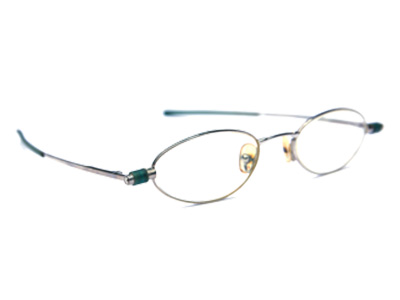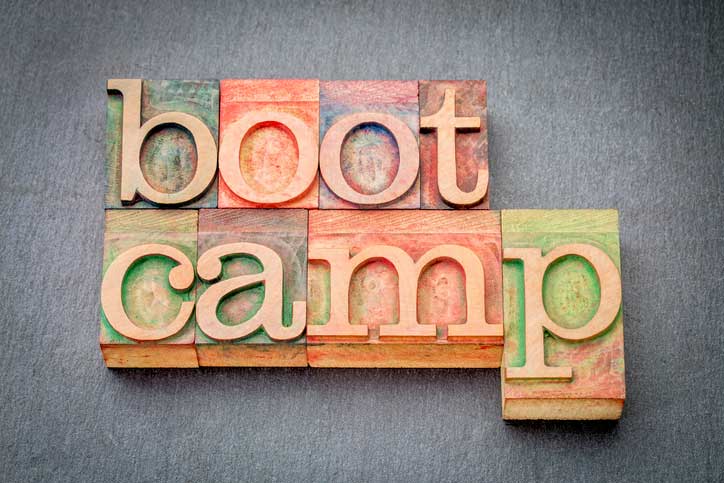If you walked up to a stranger right now and asked them for $100,000, what are the chances they will say yes? No one should approach a donor without a Major Gifts strategy. If you don’t have a plan, you are doing a disservice to your nonprofit and to the people that it helps.
Any major gift fundraiser worth their salt follows the solicitation cycle to create a lasting relationship with their donors.
Here are the major stages of the solicitation cycles and what they involve:
Identification
Everyone fundraiser’s favorite topic: Research! It might not be the most exciting part of major gifts, but it’s certainly crucial to a well-functioning operation. Your first step is identifying your major donor prospects. This means going through your database to broadly identify potential major givers using data screenings.
Discovery
Now you hopefully have a big of list potential major givers. It’s time to verify that they are indeed able to give a major gift and how likely they are to be interested in your organization. Using wealth indicators, giving history and other data points, organizations sort their donors by likelihood to give. Using this system allows nonprofits to prioritize prospects for their frontline fundraisers.
Cultivation
It’s time to talk to your donors. Cultivating your prospects and donors means engaging and involving them in the work of your organization. You are making the case for why they should give before you actually make the ask. Make sure you also understand how planned gifts work in case the opportunity arises for a blended gift.
Solicitation
After cultivation, now is the time to make a compelling argument to the donor about why they should give to your nonprofit. By now the donor should understand the value of your organization’s mission. If you have successfully followed the cycle, your donor will be ready to invest.
Stewardship
Possibly the most important part of the cycle. Now that your donor has committed to your organization, it’s time to show them that you’re committed to them. Follow up with your donors and show them how they have helped your nonprofit. Doing this creates long-term support and strengthens your donor base.







